Patagonia’s “Big Five” Wildlife List
February 16, 2018 - 4 minutes readAnyone who’s been on safari in Africa knows about the “Big Five” of African wildlife (lion, leopard, buffalo, rhino and elephant). But Patagonian has its own Big Five: the puma, guanaco, huemul, Andean condor and ñandú. All of them roam the wilds of Torres del Paine National Park home, along with over 20 other mammal species of mammal and more than 100 other types of bird.
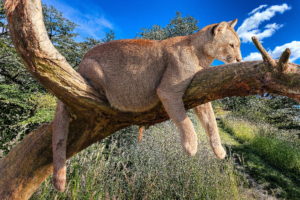 Coming across a tawny colored puma is probably the ultimate wildlife prize in the park. Also known by the names cougar or mountain lion, these beautiful big cats are the southernmost of the 27 puma subspecies. Experts think there are only about 50 of these solitary, apex predators inside the park. The best time to catch sight of one is at dusk, when they are just starting their nightly hunt for guanaco and other area wildlife.
Coming across a tawny colored puma is probably the ultimate wildlife prize in the park. Also known by the names cougar or mountain lion, these beautiful big cats are the southernmost of the 27 puma subspecies. Experts think there are only about 50 of these solitary, apex predators inside the park. The best time to catch sight of one is at dusk, when they are just starting their nightly hunt for guanaco and other area wildlife.
With a population of about 3,000, the park’s guanaco population is fairly large, giving visitors much better odds of a close encounter. One of four members of the camel family in South America, guanaco are about four feet tall at the shoulder, with long necks. 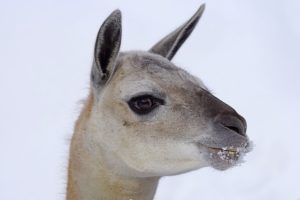 They graze in herds of around ten females and their offspring, guarded by a dominant male. Guanaco were once hunted by both pumas and local indigenous people, who relied on them for food and hides. But with protection inside the park, their numbers are now increasing. Not only can they run up to 35 mile an hour, they are also very good swimmers.
They graze in herds of around ten females and their offspring, guarded by a dominant male. Guanaco were once hunted by both pumas and local indigenous people, who relied on them for food and hides. But with protection inside the park, their numbers are now increasing. Not only can they run up to 35 mile an hour, they are also very good swimmers.
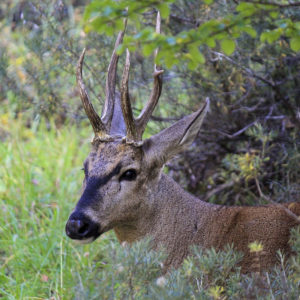
Photo by Ricardo Hevia Kaluf, Creative Commons
The huemul or south Andean deer — Chile’s national symbol — lives high in the park’s mountain forests and are adept at negotiating the steep and rocky terrain. They are critically endangered due to hunting and loss of their natural habitat in modern times.
Switching from scanning the grasslands and mountains to scanning the sky, the Andean condor boasts the largest wingspan of any of the world’s land birds (as much as 10.5 feet). The giant bird flies ominously overhead at heights up to 15,000 feet as they eyeball the landscape below for their next meal. They are largely black, with a white collar and white tips wings. Condors can live for up to 50 years and keep their young with them for about two years, teaching them how to fly and hunt.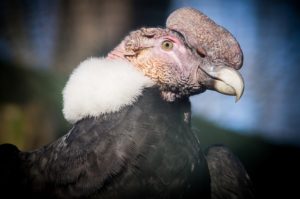
The ñandú (or lesser rhea), is a flightless bird distantly related to the ostrich and emu. They live mainly in the pampas on the eastern side of the national park, and can sometimes be seen on the equestrian trips offered by Hotel Las Torres or treks with Fantástico Sur that venture through that region. They make up for not flying by spreading their wings like sails and running very fast — clocking speeds over 35 miles per hour. They tend to be silent, except during the mating season.
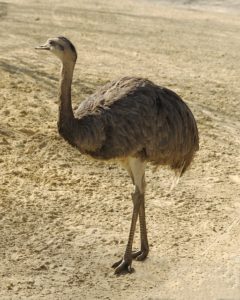
0 Comments